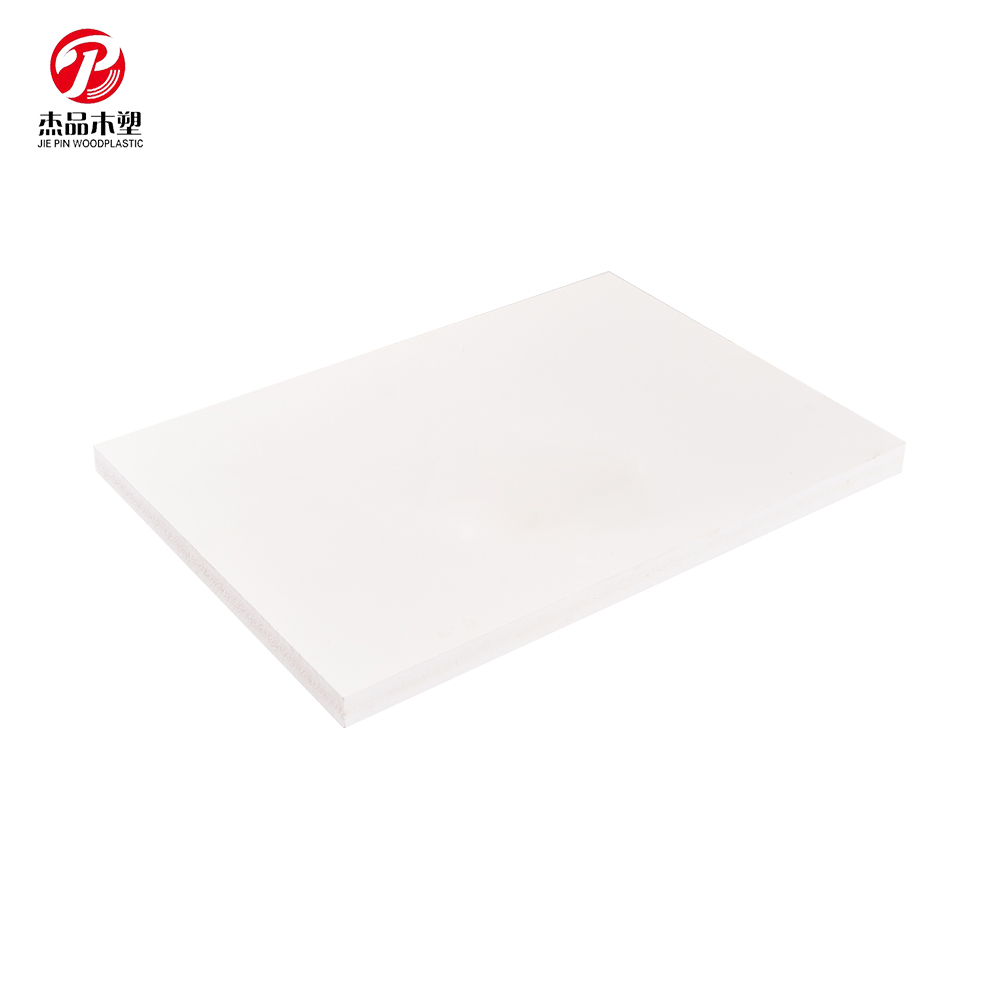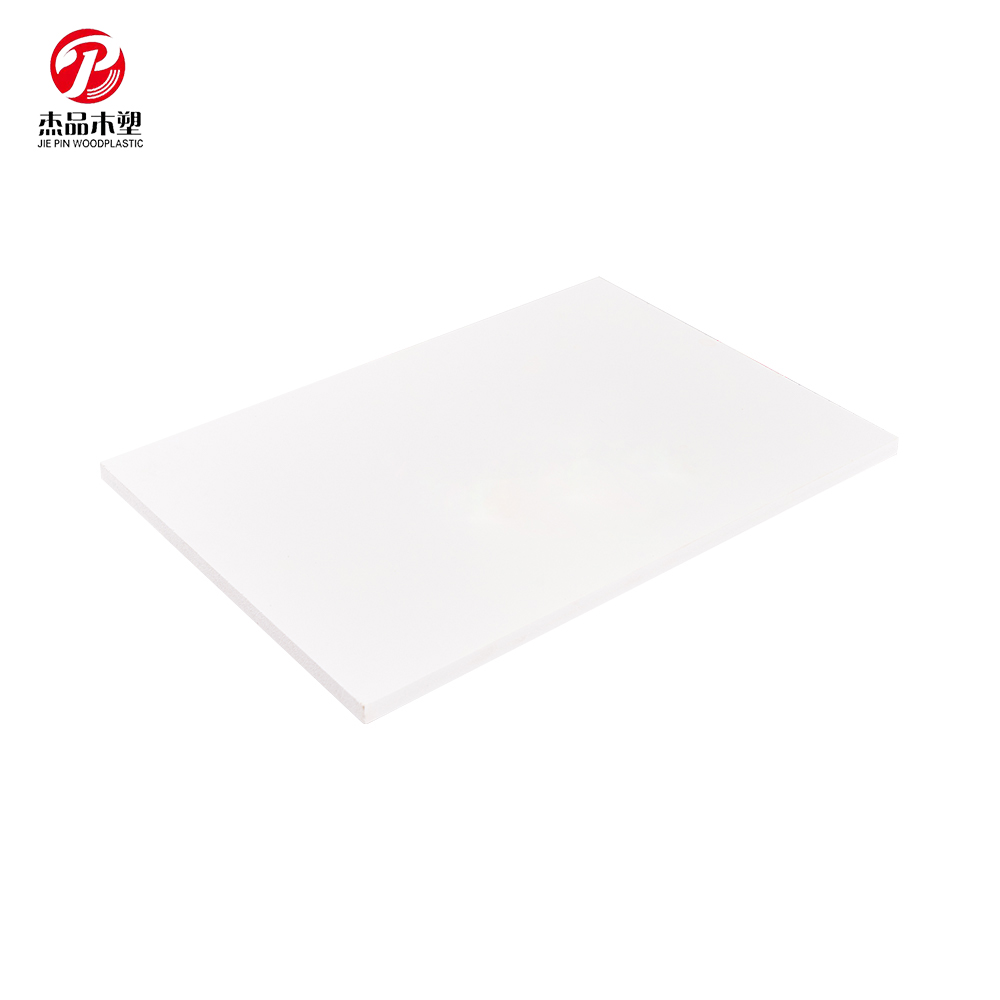PVC Foam Board Stand Waterproof Decorative Sheet Engraving Plate Recyclable PVC Foam Sheet
Product Details
| Model Number: | extrude-pvc |
| Material: | PVC |
| Quality: | eco-friendly,waterproof,fireproof,high density |
| Feature: | strong&durable,hard&rigid,100%recyclable,non-toxic |
| Colour: | White,black,red,yellow,blue,pink,more than 100colours |
| Application: | printing,advertising,bathroom Cabinet,engraving,billboard |
| Flame retardence: | self-extinguishing less than 5 seconds |
| Foam process: | celuca,extrude,hardness surface |
| Hot sell areas: | Unite States,Europe,Middle East,South America,Latin A |
Product Description
PVC foam board can be customized and ranges in thickness from 3 to 30 mm and density from 0.35 to 1.1 grams per cubic centimeter.The length is adjusted to fit the needs of the customer.
The surface can be filmed and is either smooth or embossed.PVC resin powder, calcium powder, and other processing aids make up the majority of the ingredients.
Features include being waterproof, insect-proof, fire-resistant, self-extinguishing, and plastic at temperatures up to 120 degrees Celsius.It can print, cut, glue, engrave, nail, and polish.
Laser foaming on plastic
Only certain plastics may produce foaming, which is typically clear on dark plastics. Foaming is a contrasting marking. Localized plastic melting caused by the laser causes gas bubbles to form in the substance. These gas bubbles become encased in the material as it cools, leaving a thin layer—the marking—on the surface.
Melting process
Inclusion of gas bubbles or impurities.
High-speed marking.
Work on some plastics, especially on black plastics.
Hybrid or Fiber.
Get a contrasted result with plastic laser engraving
The structure of the individual molecules or additives, such as color pigments, are directly changed or destroyed through laser marking. A change in color or bleaching is then visible on the material, creating a marking.
Depending on the composition, the color is lighter or darker: in the marked areas, darker plastics fade to white or beige, while lighter plastics fade to grey or black. The surface remains smooth, but only certain plastics can accomplish this.
plastics molecules undergo photochemical reactions:
The plastics themselves are frequently blended with particular additives.
accelerated marking.
Surface inscription.
Effective green or hybrid laser for colored plastics.
Differentiated marking.











